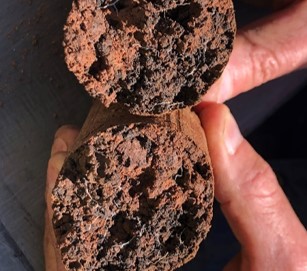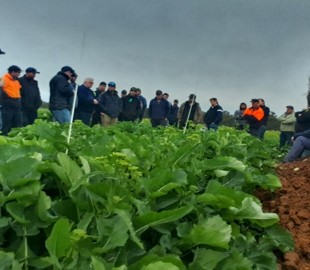
Understanding the amelioration processes of subsoil application of amendments
The issue

Approximately 75% of Australian soils have single or multiple constraints that contribute to a yield gap. Among different soil constraints, sodicity is associated with an estimated yield loss of $A 1,300 million per annum. A key to minimising yield loss associated with soil sodicity is improving root growth in and through sodic subsoils. This enables crops to use deep subsoil water late in the growing season thereby reducing water limited production.
Objectives
- To understand the amelioration processes of subsoil application of amendments
- To assess the long-term effectiveness of new practices and products to ameliorate subsoil sodicity
- Improve crop water use and WUE through subsoil water acquisition
What we are doing
A suite of controlled-environment and field experiments are established across NSW, SA, Victoria and Tasmania to investigate the effect of ameliorating sodic subsoil constraints using different organic and inorganic amendments.
Detailed soil physiochemical responses such as soil pH, ESP, EC, infiltration rate, aggregate stability and water retention properties are monitored annually.
Crop responses are monitored by quadrat sampling, multispectral imagery and chemical analysis of leaf tissue.The spatial and temporal pattern of root growth and soil water depletion are monitored to quantify the effect of different amendments.

Impact
This project has been responsible for improving crop yield in a sodic dispersive subsoil between 20-40%, which will have significant contribution in minimising the yield loss within the Australian grain industry.
Partners
- GRDC
- Agriculture Victoria
- PIRSA
- SARDI
- SFS
- LaTrobe University

